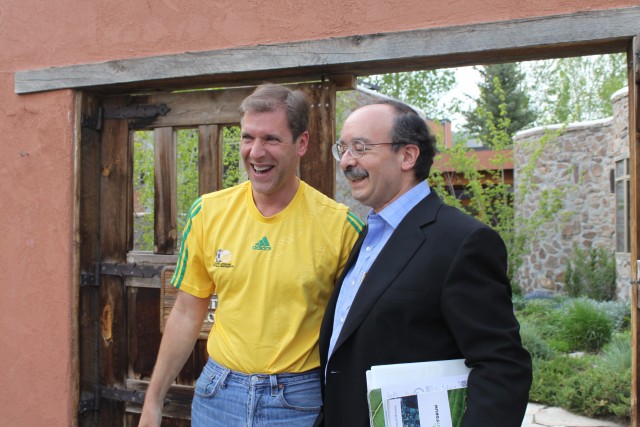IPCC’s 2018 Special Report is a stark and bracing reminder of climate threats. Yet literature, reportage, and public discourse reflect imbalanced risk and opportunity. Climate science often understates changes’ speed and nonlinearity, but Integrated Assessment Models (IAMs) and similar studies often understate realistic mitigation options. Since ~2010, global mitigation of fossil CO2—including by often-uncounted modern renewable heat comparable to solar-plus-wind electricity—has accelerated to about the pace (if sustained) needed for a 2 °C trajectory. Mitigation has uncertainties, emergent properties, feasibility thresholds, and nonlinearities at least comparable to climate’s, creating opportunities for aggressive action. Renewable electricity’s swift uptake can now be echoed as proven integrative design can make end-use efficiency severalfold larger and cheaper, often with increasing returns (lower cost with rising quantity). Saved energy—the world’s largest decarbonizer and energy ‘source’ (bigger than oil)—can then potentiate renewables and cut supply investments, as a few recent efficiency-centric IAMs confirm. Optimizing choices, combinations, timing, and sequencing of technologies, urban form, behavioral shifts, etc could save still more energy, money, and time. Some rigorous engineering-based national studies outside standard climate literature even imply potential 1.5 °C global trajectories cheaper than business-as-usual. A complementary opportunity—rapidly and durably abating hydrocarbon industries’ deliberate upstream CH4 releases from flares and engineered vents, by any large operator’s profitably abating its own and others’ emissions—could stabilize (or more) the global methane cycle and buy time to abate more CO2. Together, these findings justify sober recalibration of the prospects for a fairer, healthier, cooler, and safer world. Supported by other disciplines, improved IAMs can illuminate this potential and support its refinement. Ambitious policies and aggressive marketplace and societal adoption of profitable new abatement opportunities need not wait for better models, but better models would help them to attract merited attention, scale faster, and turn numbing despair into collectively powerful applied hope.
PublicationJournal Article Recalibrating climate prospects
Published:
December 2, 2019
Author(s):
Publication Type:
Journal Article
Associated Projects:
Abstract:
